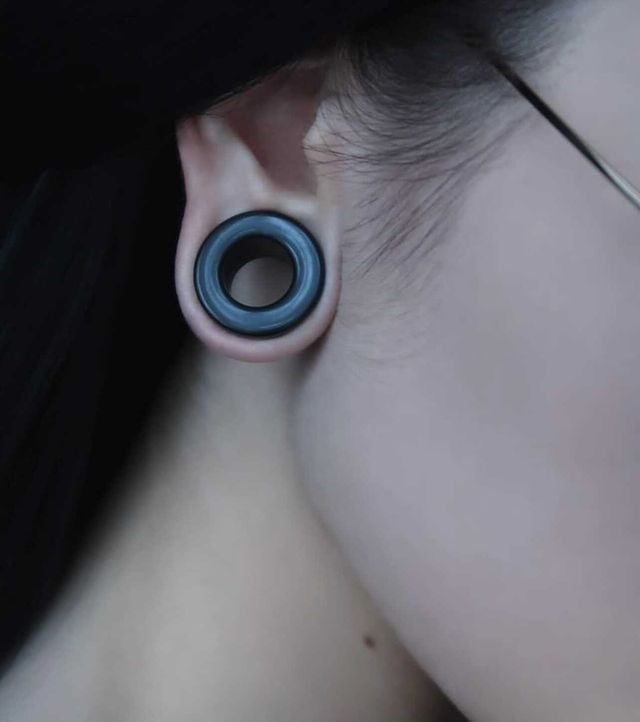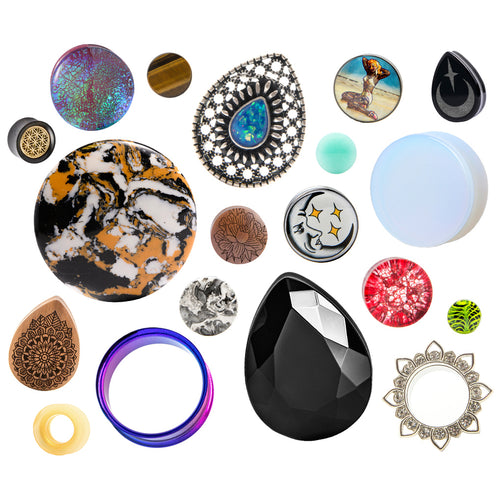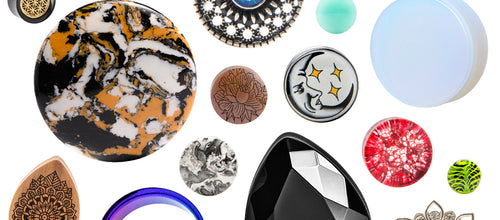
GET SOCIAL WITH US
RECENT ARTICLES
Newsletter
Keep up-to-date with the latest promotions, news and releases!
Ear Blowout - The Complete Guide to Ear Stretching Blowout. How to Avoid, Prevent and Treat Ear Gauge Blowout

While ear stretching may seem like a new trend, many indigenous tribes scattered across the globe are practicing it. Before the modern trends started up, ear stretching was practiced for thousands of years.
One of the complications that arise from ear stretching is ear gauge blowout. The term describes the formation of scar tissues behind the jewellery, which makes it look like it has been turned inside out. The primary cause of ear gauge blowout is stretching the ears out too quickly.
A blowout is often painful and causes inflammation. Given that you could be in any stage of the process, we will discuss how to avoid it, prevent it and treat it.
What causes ear blowouts?
Overstretching usually leads to an ear stretching blowout, which is why ear stretching should be done slowly and gradually. If you increase the size too quickly, blowout stretched ears are all but guaranteed. You could also be dealing with lobe tears and infections if you are not taking it slow enough.
In the United States, jewellery is measured in gauges, while other countries do it in millimetres. Though it is abbreviated to 'g,' the same as grams, it should not be confused with the weight measurement.
Standard earrings have a gauge measurement of 20 or 18. As the earrings widen, the ear gauge measurement decreases. Once a person gets to 0 gauge, the next size is 00 gauge (about 3/8 of an inch wide) in diameter.
Sizes larger than 00 gauge are measured using inches with an increase of 1/16th of an inch with every size increment. It is usually recommended only to go up one gauge at a time (in increments of 2) when upgrading from smaller to larger jewellery pieces to prevent ear blowout. View Ear Gauge Sizes here.
Another recommendation to keep in mind is to wait 4 to 6 weeks before increasing the stretch size.
The time you have to wait for it to heal increases as you take it up a notch to larger pieces.
How to tell when you are getting a blowout
Some signals will alert you to an impending blowout. The ring that forms is usually irritated, red-ish and painful. The appearance of the ring may be such that it looks like it has been turned inside out.
Overstretching may also result in an infection, which could produce symptoms that include yellow pus, tenderness, burning, swelling, and itching.
The minor infections are treatable at home if you know how to do it. However, if you see no changes in a day or two, consider going to the hospital to get looked at. The best way to ensure that infections do not pose a risk to you is to clean the ear and anything else that regularly comes into contact with the ear (hat, headphones, and phone.)
How do you prevent ear blowouts?
Now that we have discussed the symptoms, you will have no trouble knowing when you have an impending ear gauge blowout or when it is about to happen. The best thing to do is act as quickly as possible to avoid deforming the ear.
Here are some helpful things you can opt for to keep the blowout at bay:
Use oil

You are encouraged to use oil on your gauged ears to keep them moisturized. This on it’s own won’t stop a blowout but it certainly will prevent scar tissue. If the area dries out and is strained unexpectedly, it is likely to crack or break the skin around the piercing. Moisturized skin is less likely to tear and will stretch to accommodate stress.
Some of the best oils to ensure that your ears are moist, which promotes healing, include castor oil, coconut oil and jojoba oil. The recommendation is to use products experts recommend or find the least processed option with the fewest and basest ingredients (extracts and water) if you are oil hunting yourself.
Massage the ear
While you apply the oil, take that opportunity to massage the ear gently. Why? To help circulation get to the area. If you have proper circulation to any healing part of your body, it heals optimally and as quickly as your biology allows.
With massages, blood is stimulated around the area to reach the ends of the piercing and heal it as perfectly as possible. The massage can take anywhere from 5 to 10 minutes.
Start with the most diminutive stressful gauge
When getting your ears stretched, you do not have to go big to go home. You can go small and avoid a whole lot of ear stretch blowout troubles. Most of the earrings people wear are 18 or 20 gauge. It is recommended to start smaller, with a 14 or 16 gauge to stretch your ears.
As you heal, you can take it up a notch. As long as you are not in any unreasonable hurry, you will not have problems going through the stretching processing.
The ‘point of no return’ when it comes to ear stretching is when you go all the way to 2 gauge. At this level, the only way you are getting that hole closed fully is through a surgical procedure.
To keep it simple, do not go nuts with the gauge levels. Keep it reasonable, and your ears will thank you.
How do you treat an ear blowout?
It has happened; you have to deal with it. What do you do? Well, don't panic. The treatments for this issue are easy unless you get a serious infection. That reminds us; do not let any problems that may arise with the ear just sit. If you opt for home treatments and they do not work in a day or two, see a doctor.
Now, for the treatment:
Reduce your gauge size
If you start to develop ear stretching blowout signs, do not wait for too long before downsizing the gauge size. Nothing eases the trauma around the stretch like eliminating stretch stress.
Many people recommend dropping two to three sizes down. When the ear stretch blowout heals, you will have a pretty good idea of how much you can stretch it before it becomes too stressed to stretch correctly. Increase the gauge size cautiously from there on, and you should be rid of stretch stress.
Use saline solution

It is advisable to keep the ear clean throughout the day until when it heals. However, it would help if you shied away from using soap and regular water. There are a variety of saline solutions you can buy to perform the cleaning tasks.
The best way to clean the ear with the saline solution is by dunking it in and allowing it to sit there for a while. If you do not want to buy a saline solution, worry not because you can make it at home.
Use a quarter teaspoon of salt for every 8 ounces of distilled water. Stir the solution to dissolve the salt. There you go; your solution is ready to use!
Surgery and removal methods
In some cases, the effects could be such that your blown out ear gauge becomes permanent. This happens when you form a type of scar known as a keloid scar, which tends to be raised above the surrounding skin.
You might need some minor surgery to close earlobe blowout if things do not go your way. One of the surgical procedures used is known as wedge resection.
The surgeon makes an L-shaped cut and then folds the ear lobe over itself to look somewhat new. Some of the treatment options for keloid scars include freezing, laser therapy, corticosteroid shots, and silicone sheets.
How to care for your stretch
It is official now; we are calling it the stretch. So, what is the proper way to take care of the ear so it heals properly and you avoid having to deal with any bad effects?
To safely stretch your ears, keep the following things in mind:
Scale-up carefully- We do not want to restrict you to moving the gauge one size at a time. However, patience and slow progression is your friend when ear stretching to avoid ear stretching blowout. Scaling up one size at a time gives your ear time to heal faster, optimally, and with minimal impact.
Your wait time should be 4-6 weeks- Those numbers are not set in stone or anything, since some people heal faster than others (looking at you, Wolverine!), but the best course of action is to wait until you have a non-irritated, normal, painless, non-inflamed stretch.
Moisturize! Moisturize! Moisturize! - Do you know who your best friend is during all this? Water. Lots of it. Do not overdo it, though, because you could actually die from drinking too much water. Don't freak out! Just oil your ears regularly to keep them soft and moist. Many places you will go to get your ears stretched have oils they can recommend. Ask for any advice the professional may offer.
Pain is the signal to stop- Do you know how you know that you are ear-stretching wrong? It gets needlessly painful. Pain is your signal to stop; no safeword is needed. Sharp pain or bleeding is an immediate cause for concern. If you are stretching too fast, your ears will be sure to let you know you're not Elastigirl!
What to remember?
Ear blowouts are signaled by the formation of an irritating ring of skin around the jewellery piece. That is the sign you are doing the stretching too quickly and scaling it back to a safe gauge. The best ways to minimize blowouts are to stretch safely, move up one gauge at a time, moisturize, massage, and keep your ears and things that touch your ears often clean.
The key to getting your ears done right and avoid blowout stretched ears is patience. If you do not rush it, you won’t regret it (unless you go all the way to 2 gauge, maybe).




-v1657710003014.jpg?512x640)

-v1659606134061.JPG?5760x3840)

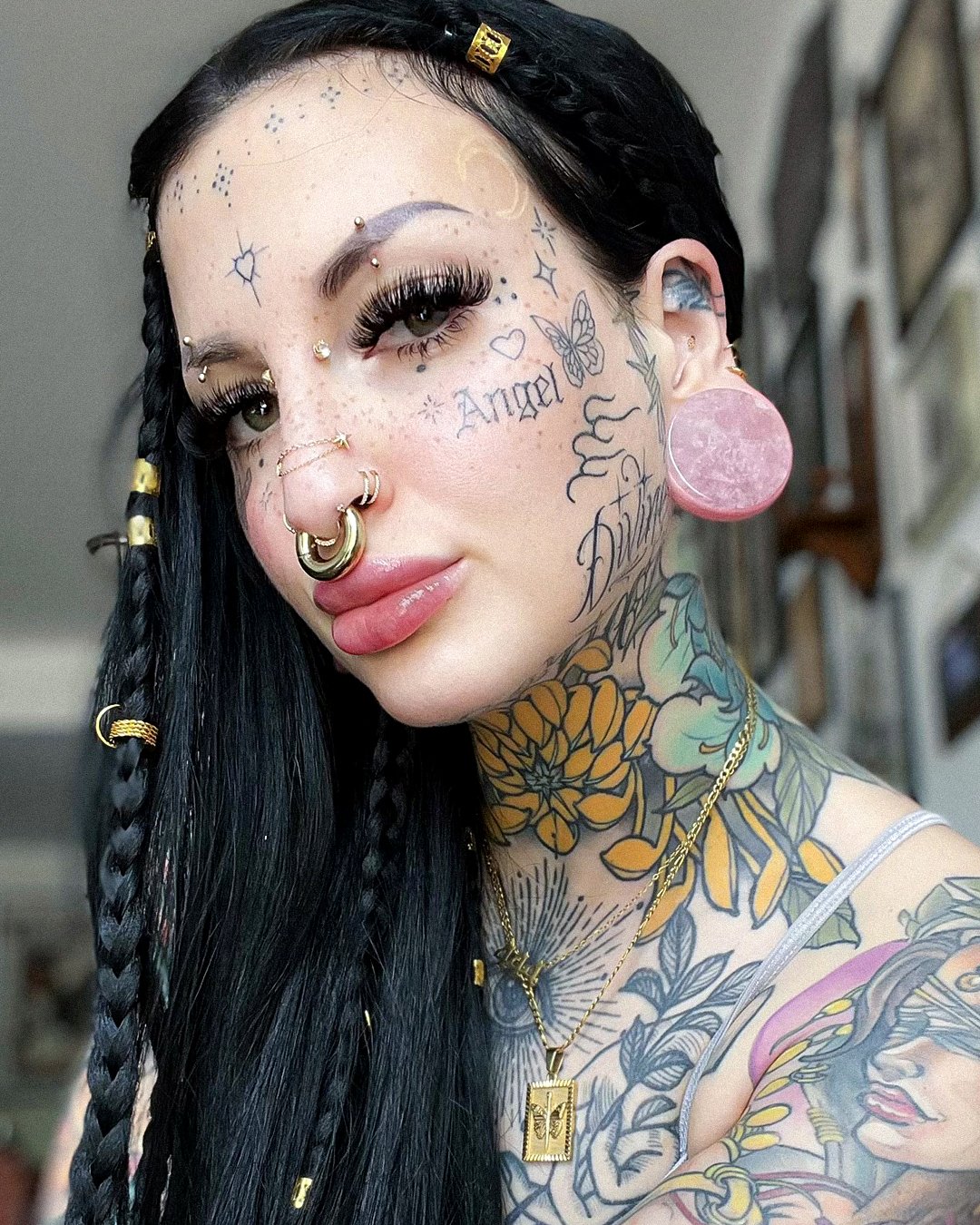




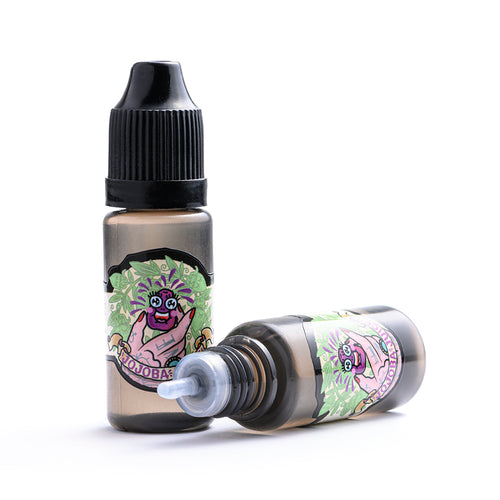





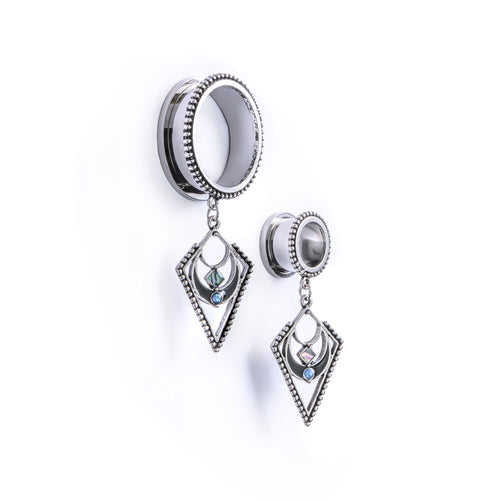


-v1659606656877.JPG?3508x5262)


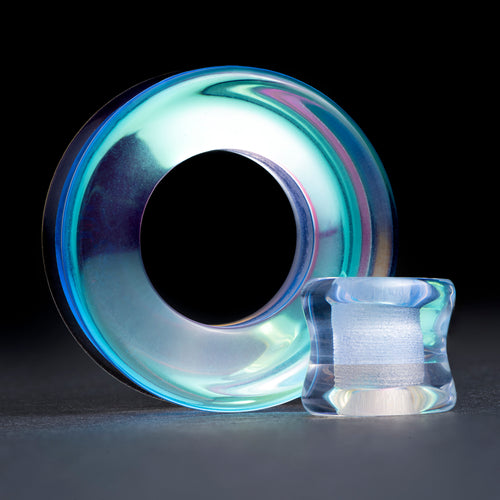
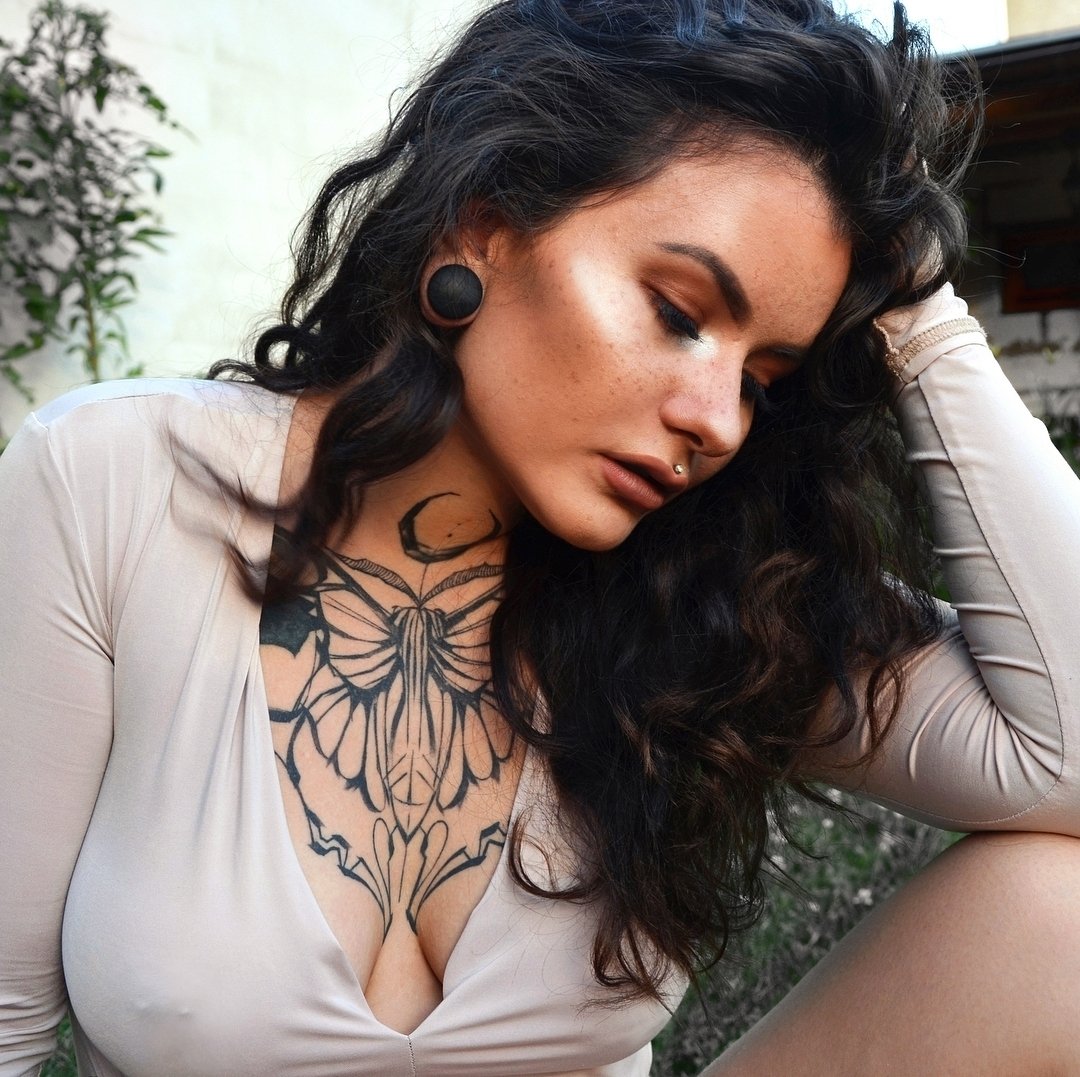




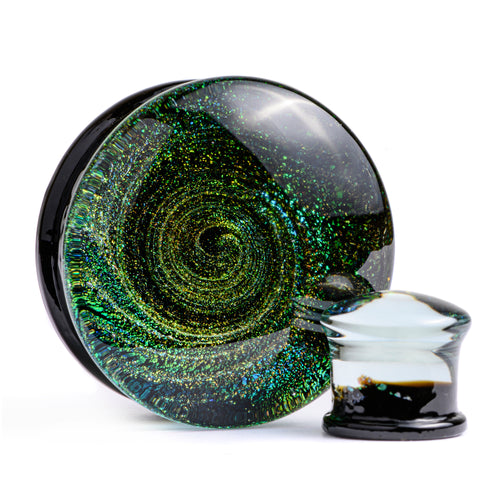
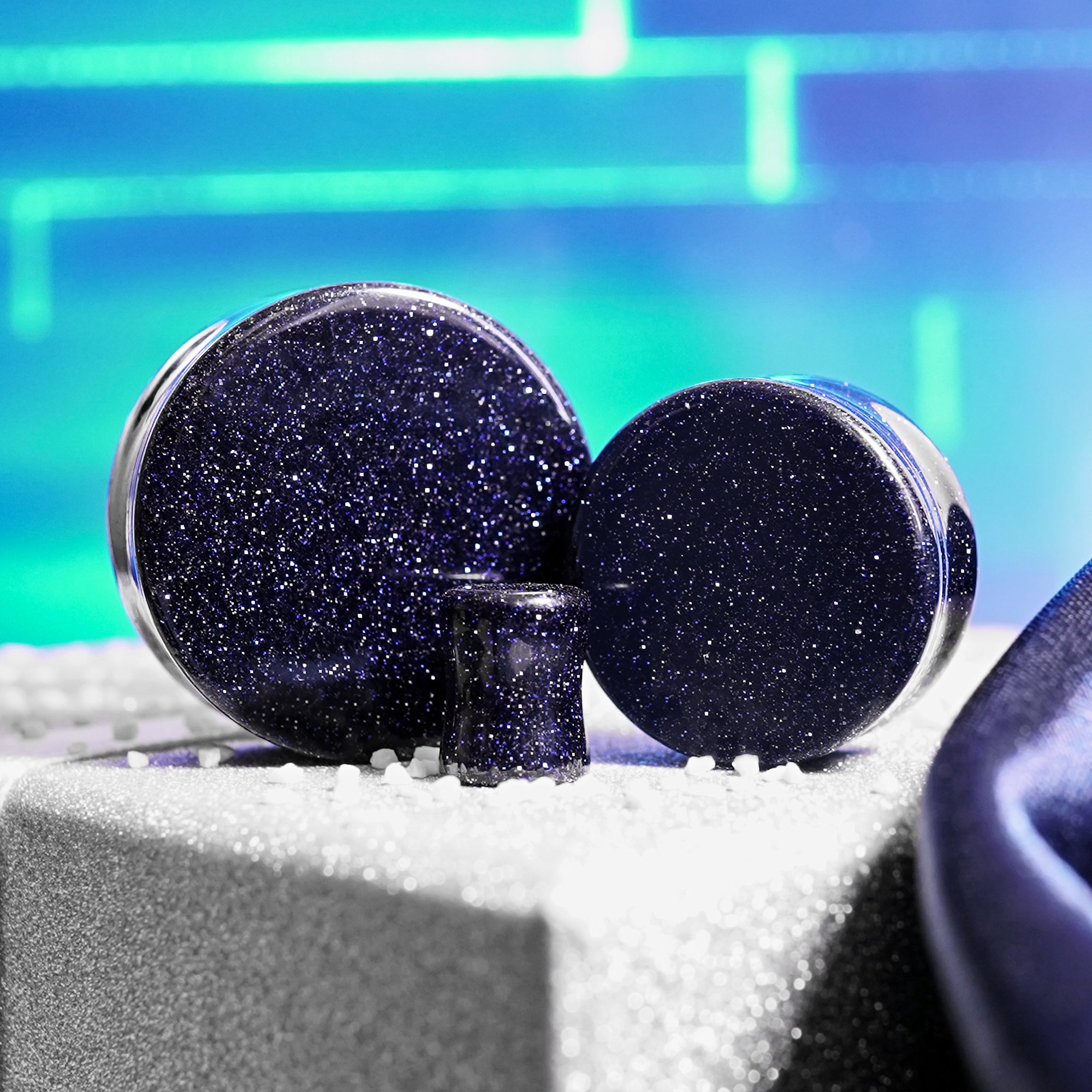



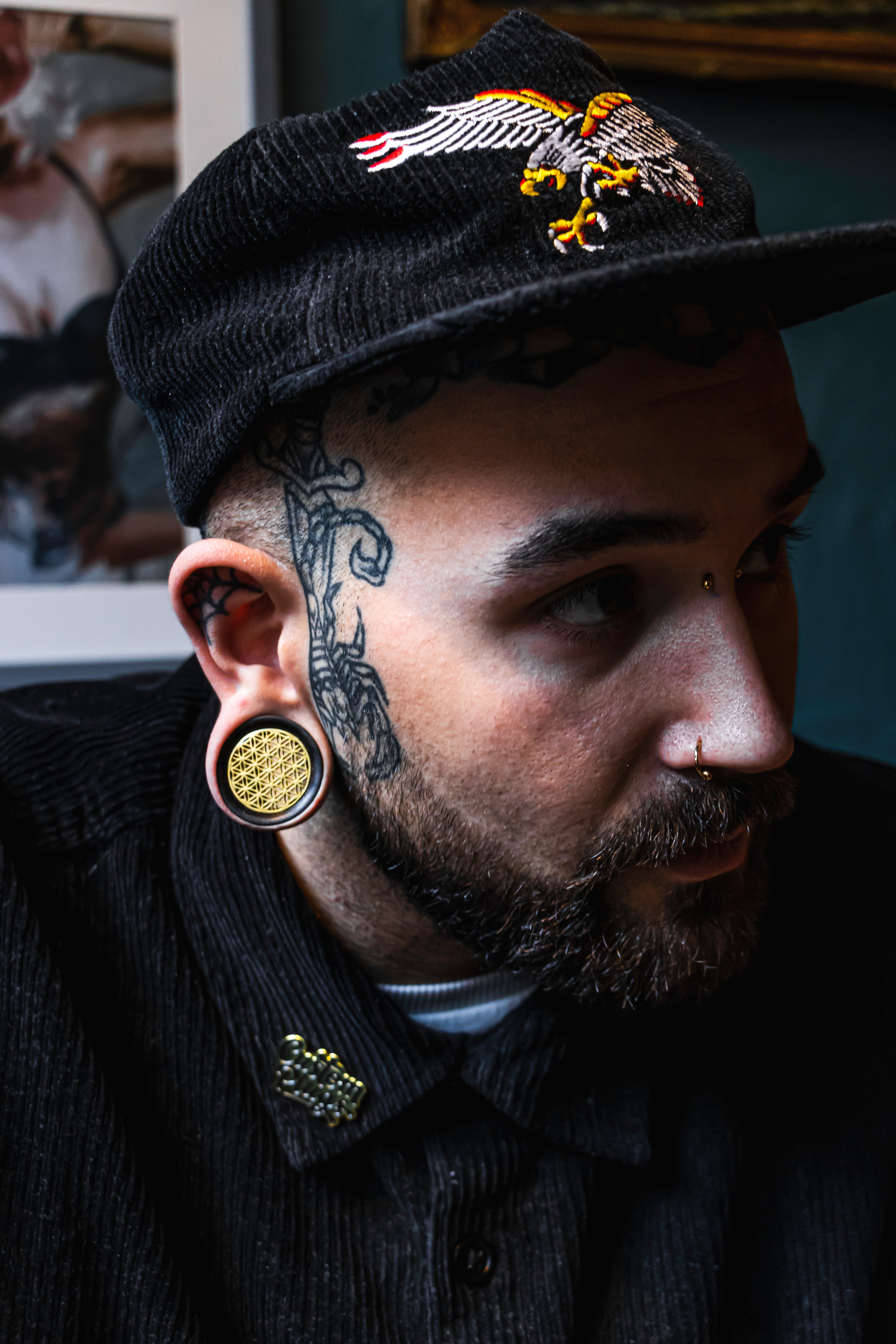

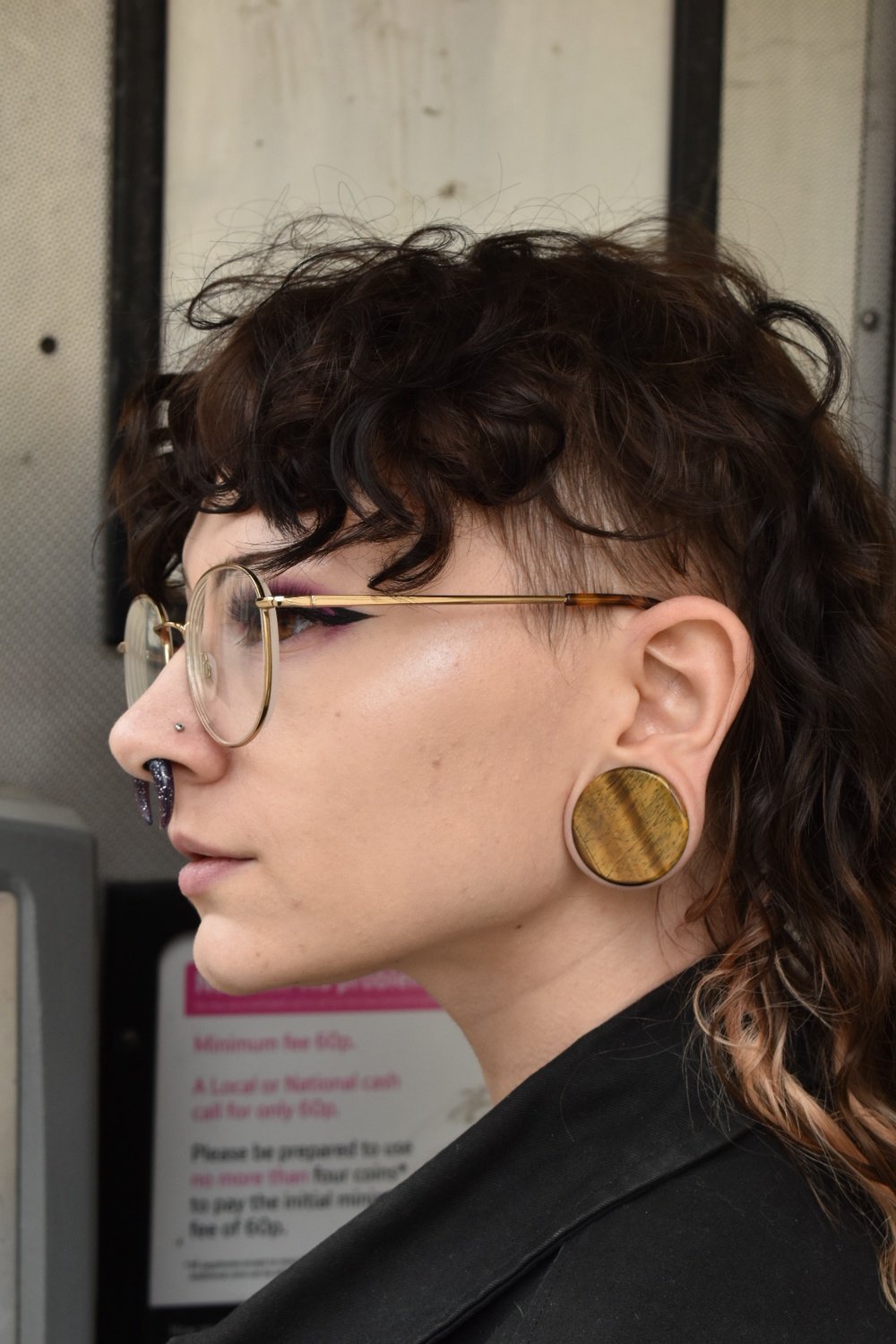



-v1655735577738.jpg?480x640)
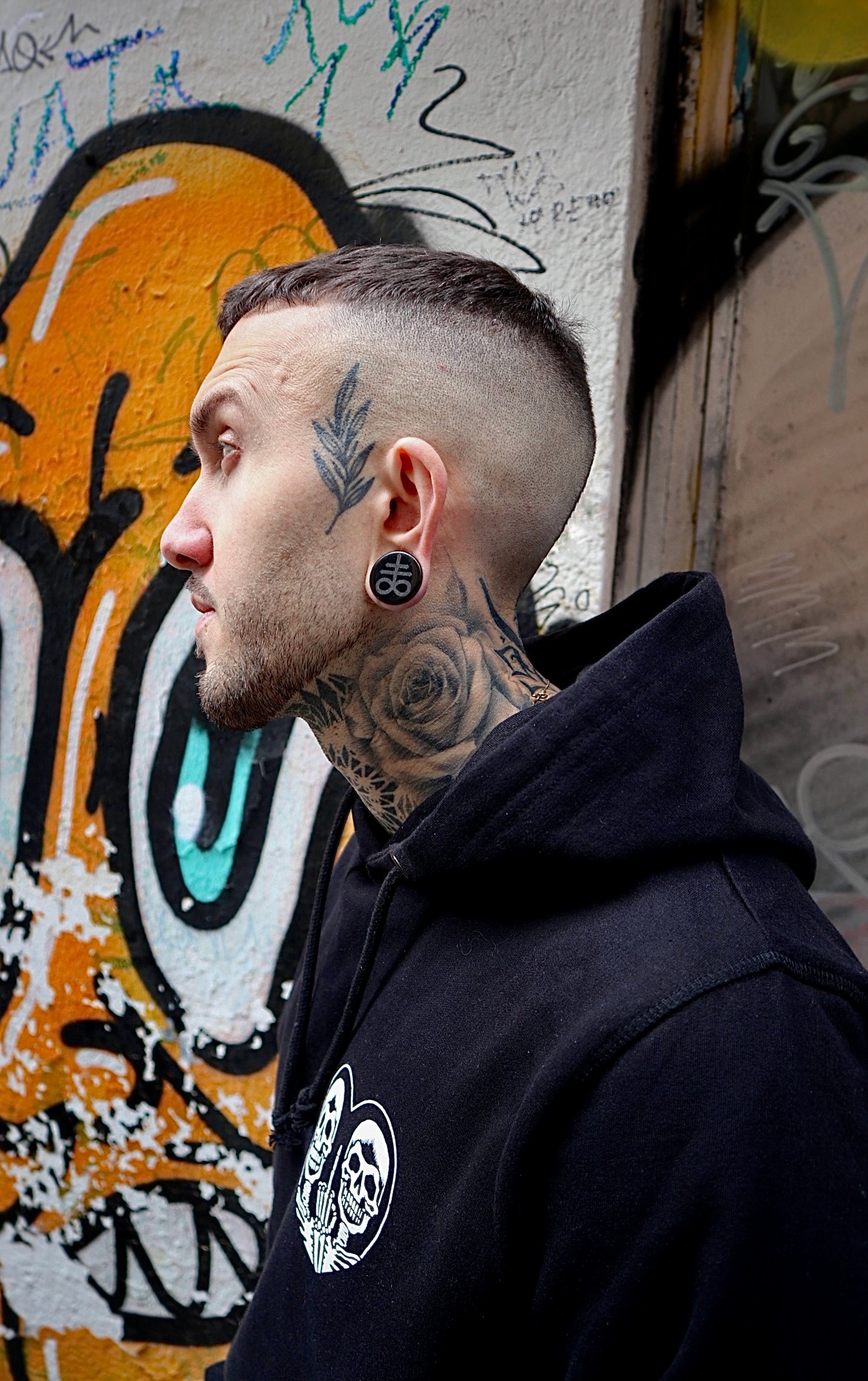
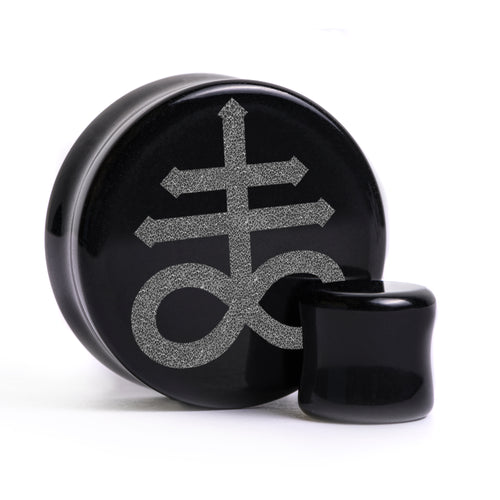




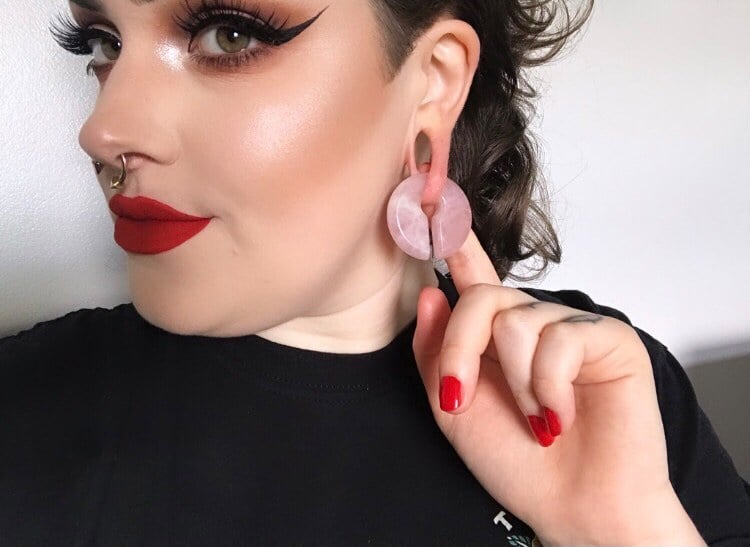
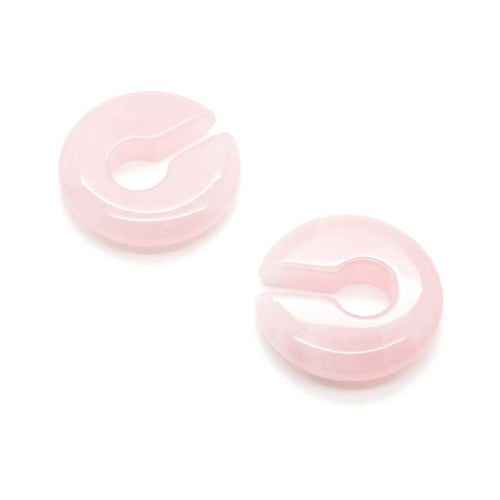








-v1649319637906.jpg?960x1280)
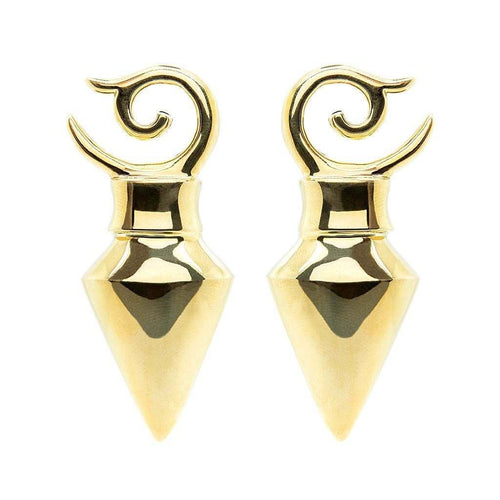


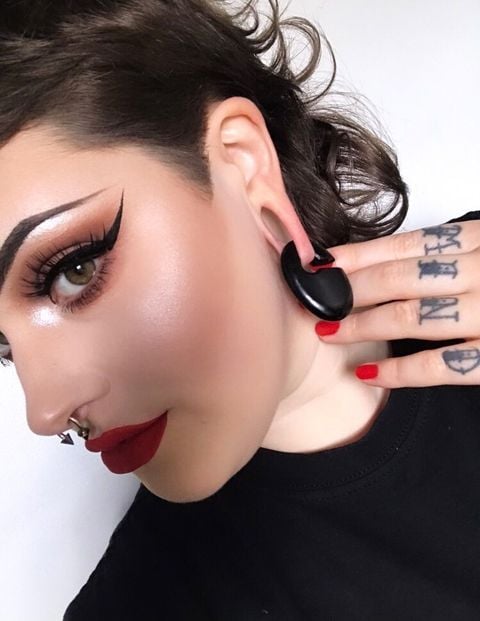
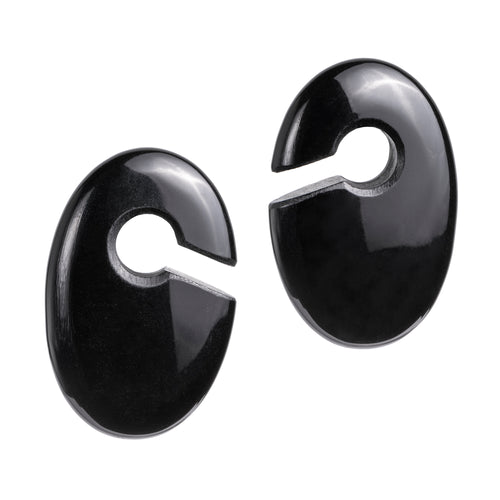

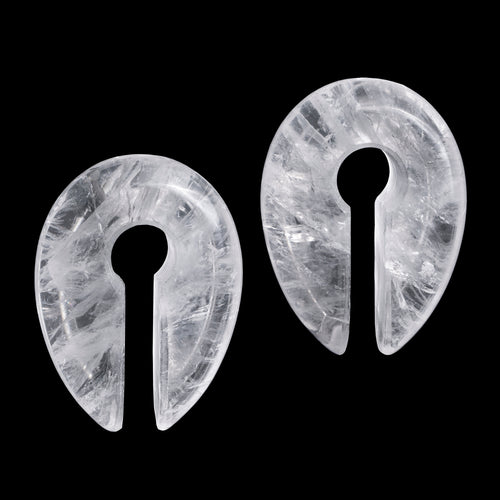

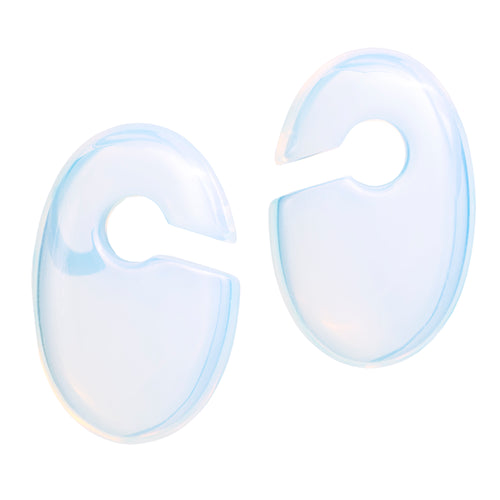








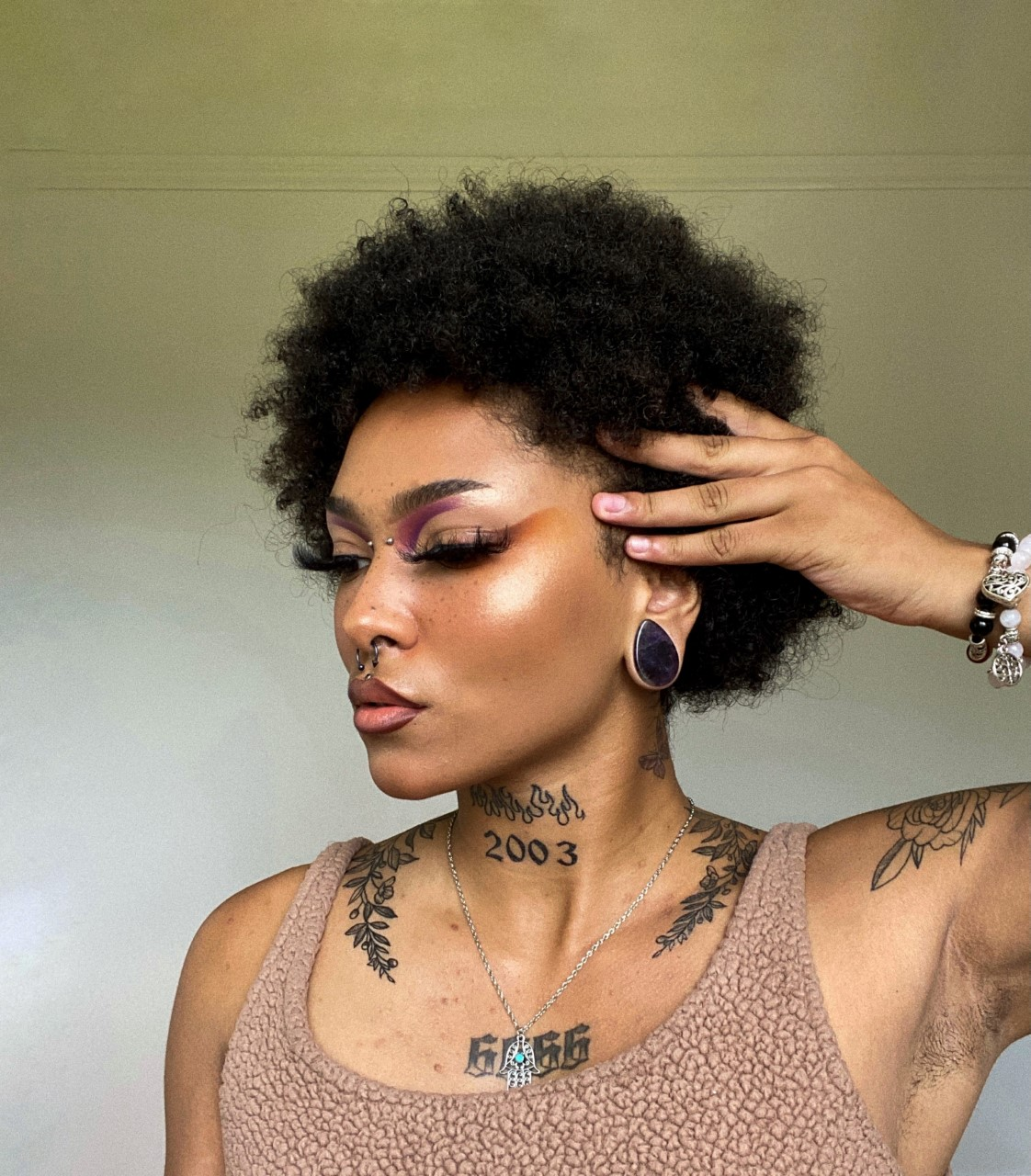




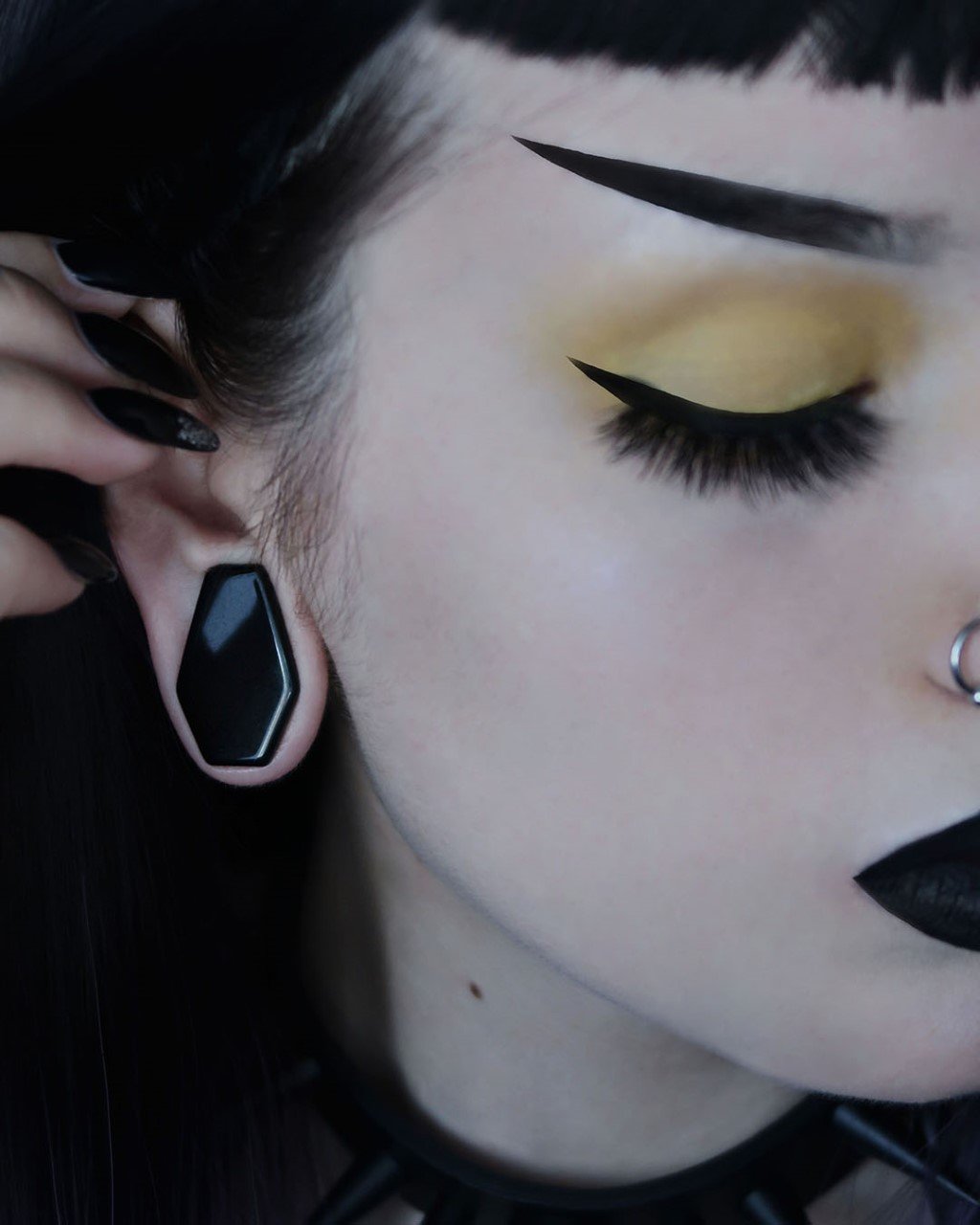


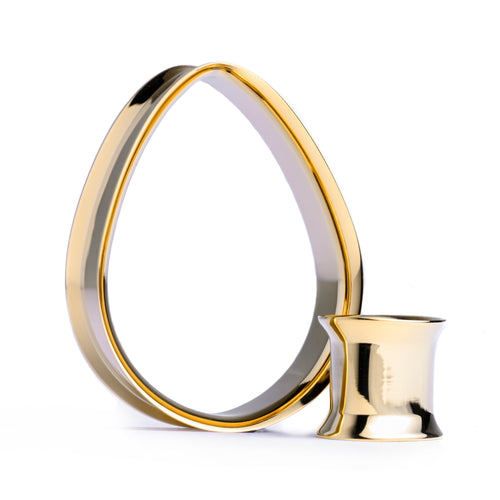




-v1652780384796.jpg?1024x1280)



-v1649148828489.jpg?960x1280)

